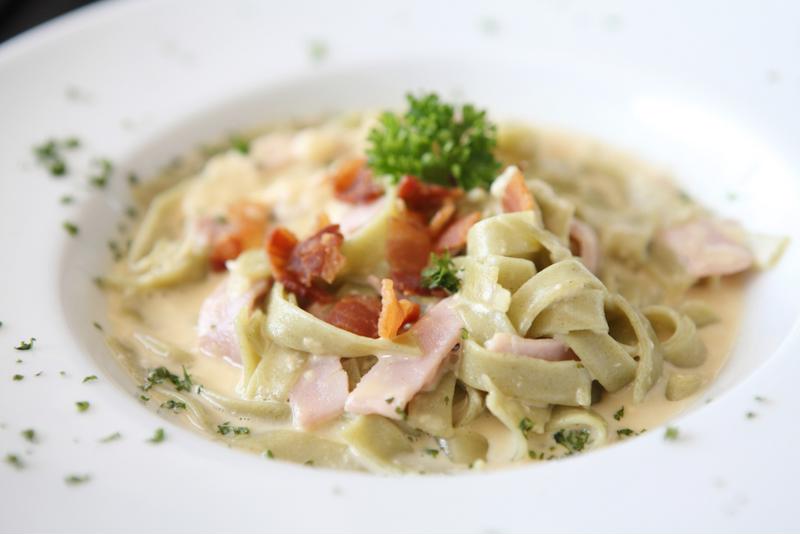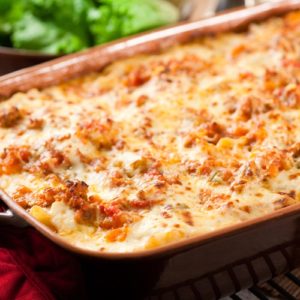As part of your education in culinary academy, you will learn to prepare fresh pasta from scratch. However, while most chefs learn the basics of making dough and forming noodles, they do not all agree on what ingredients and methods are best. Use the tips below to begin experimenting and developing your own preferred technique for making pasta.
The advantages of making your own
Fresh pasta is very different from the dried versions widely available in grocery stores. As Serious Eats explained, fresh pasta comes from a mixture of flour and eggs. It is smooth and tender, with a yellow color. On the other hand, dry pasta is made from a combination of the wheat flour, semolina and water. The resulting noodles are firmer and denser than fresh pasta, suitable for long-term storage and lengthy cooking times.
Preparing the dough
Pasta dough has two major ingredients: flour and eggs. Nonetheless, there is a huge variety of recipes that advise different proportions and sometimes the addition of water, oil or salt. Your choice of ingredients and proportions will depend on the kind of noodles you are making and individual preference.
“Pasta dough has two major ingredients: flour and eggs.”
For instance, The Kitchn suggested making a simple egg noodle dough by combining 2 cups of flour with 3 egg yolks and half a tablespoon of salt. Cook’s Illustrated, by contrast, gave direction for a dough that is exceptionally springy and easily molded by adding 6 egg yolks and a coating of olive oil. After experimenting with several options, Serious Eats settled on 10 ounces of flour, 1 teaspoon of salt, and 2 whole eggs with 4 extra yolks.
When you have your choice of ingredients assembled, it’s time to knead the dough thoroughly until it is smooth. Jamie Oliver offered colorful instructions to get across the physical effort involved in preparing the dough by hand.
“You just have to bash the dough about a bit with your hands, squashing it into the table, reshaping it, pulling it, stretching it, squashing it again,” he wrote. “It’s quite hard work, and after a few minutes it’s easy to see why the average Italian grandmother has arms like Frank Bruno!”
Rolling your noodles
The next step is to roll out your pasta. You have a few choices when it comes to selecting the equipment you use for accomplishing this task. While you don’t need a pasta machine to roll and cut your own pasta, it can make the job considerably easier.
If you prefer, however, you can just use a rolling pin. Keep in mind that you need to get the dough sufficiently thin to form the shapes you’re after. You can accomplish this by either using an exceptionally long rolling pin or cutting the dough into smaller pieces.
Cook’s Illustrated advised shaping the dough into a cylinder and letting it rest for an hour in plastic wrap before separating it into six pieces. Then, roll out the individual pieces and fold them over. Finally, cut the dough down to noodle size and unfurl the raw pasta for cooking.
 Fresh pasta cooks quickly, so be sure to remove it from heat while it’s still chewy and flavorful.
Fresh pasta cooks quickly, so be sure to remove it from heat while it’s still chewy and flavorful.Cooking
Fresh pasta cooks quickly, so be careful not to overdo it. Boil some salted water, add noodles and be ready to pull the pot from heat as soon as they approach al dente. This will take between 90 seconds and five minutes. Once the pasta is cooked, you’re ready to add sauce and enjoy your delicious, silky noodles.




